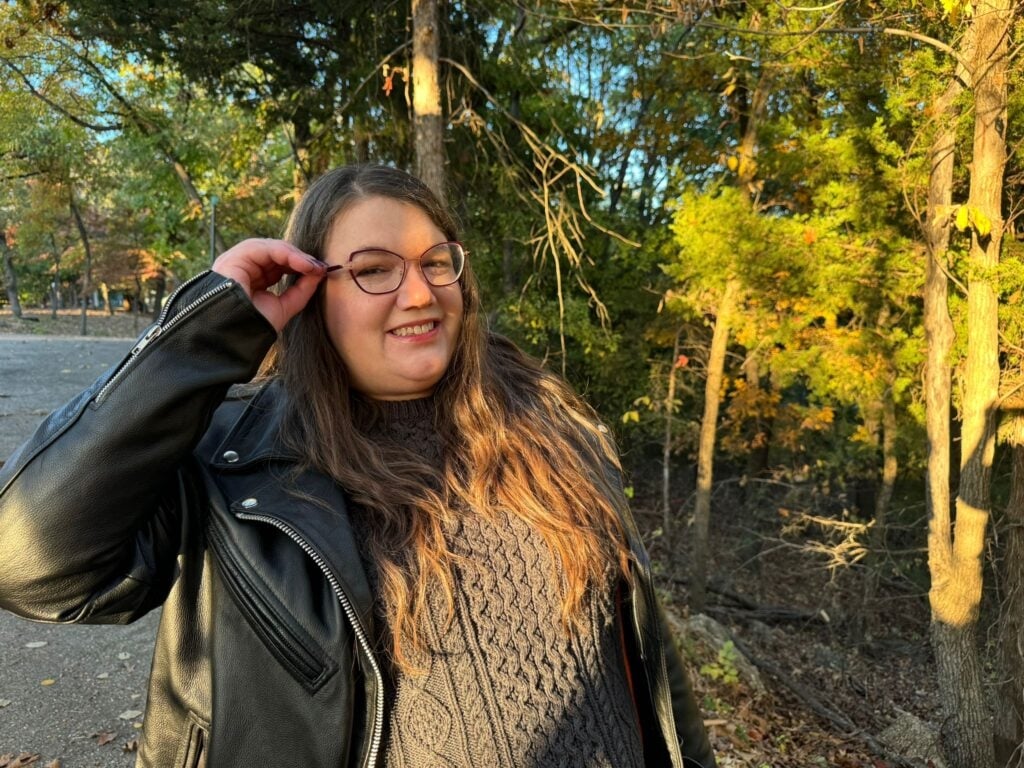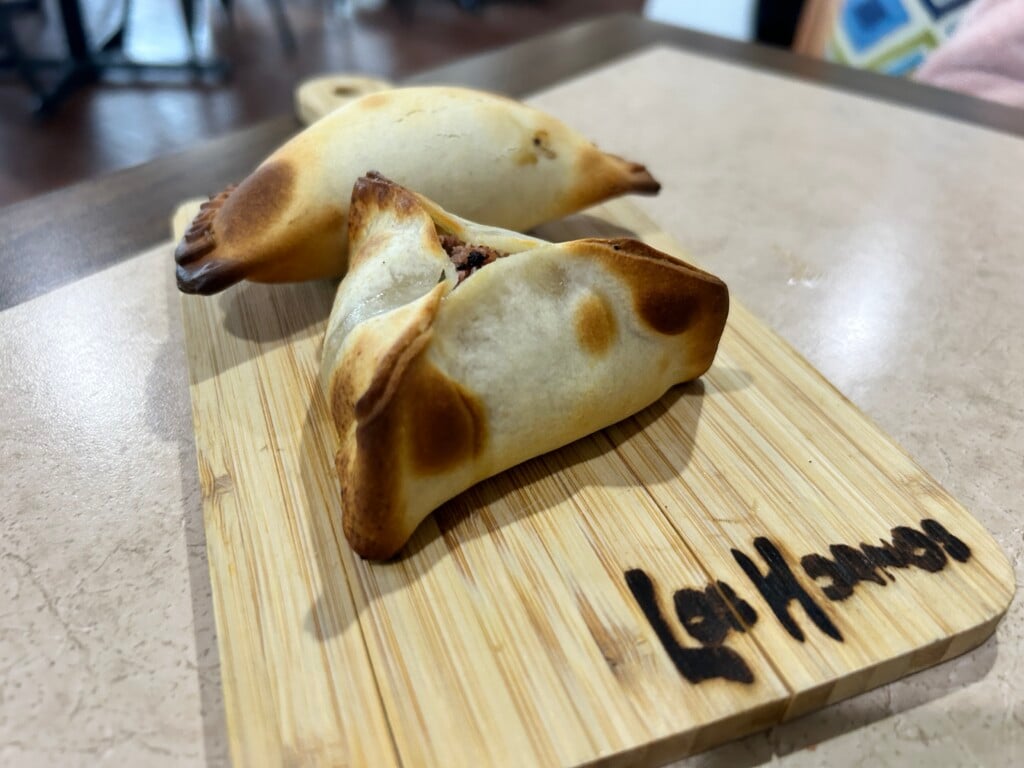Teenage Mutant Ninja Turtles co-creator Kevin Eastman celebrates the creative process behind one of America’s biggest comic success stories
Eastman is headed to Planet Comicon Kansas City later this week.
In the wild, tortoises can live up to 150 or even 250 years. This might explain the longevity of Teenage Mutant Ninja Turtles, the crime fighting reptiles who made their debut 40 years ago in a self-published comic by Peter Laird and Kevin Eastman.
It led to toys, an animated TV series (with revivals), a stage musical and seven feature films. The latest of those, Teenage Mutant Ninja Turtles: Mutant Mayhem, might be the best yet. It has a 95 percent rating on RottenTomatoes.com and made $180.5 million on a $70 million budget.
In addition, Eastman has contributed to new updated tales of Donatello, Raphael, Michelangelo and Leonardo, where the hard partying Mike has outlived his peers and is trying to make his way through feudal Japan.
Eastman will be at the 25th anniversary of Planet Comicon Kansas City this weekend at Bartle Hall. In an interview with The Pitch, Eastman explained why multiple generations still love the heroes in a half shell—and why he still loves telling their stories.
The Pitch: With TMNT, I’m always fascinated by how the original comics have a different tone and approach than the cartoons and the movies.
Kevin Eastman: It was such a wonderful, interesting evolution especially to Pete and I. Having written a book that was black-and-white was really written for us, and thus an older audience. Because of the popularity and the intrigue in something as crazy as something called “Teenage Mutant Ninja Turtles” that found its way into this world of animation and toys, which we were highly skeptical about going into, but we had control over what was to be done and not to be done.
We enjoyed taking in this original concept and adapting it down to a much younger audience, like different colored bandanas and really bringing the pizza forward and the humor forward. It was a great transition to have both worlds at the same time. We understood this is an adaption for a different audience that wasn’t intended to what we originally wrote.
A lot of creators tend to be regretful about selling the rights to their work, but your relationship with Paramount seems to have gone well since the sale of TMNT, right?
First and foremost, I sold my interest to Pete. Pete sold to them, and then they brought me back in as a consultant for a lot of different parts of what they were doing: Paramount, Nickelodeon, those kinds of things.
My heart is definitely with the comic series, with IDW as a license from Paramount. But, you know, the greatest part about them is they don’t need to be nice to me. I have no approval, no say, whatever. But they have just been absolutely wonderful. They want to know what I think of this, what I think of that, and they take it seriously and really appreciate it.
And they let me do things with my awesome creative team and partners like Tom Waltz and so many fantastic artists at IDW to do these stories that are pure, sincere, and further the universe. So yeah, it’s great. The relationship is great. They’re great people.
With your run on Superman, Jerry Siegel wrote the stories, and Joe Shuster drew them. Both you and Mr. Laird can write and draw. How did you guys handle your duties?
Peter is a writer and an artist. I’m a writer and artist. We like to write and draw our own stuff, so when we first met and started collaborating, it was all based around the ideas and having fun with these ideas. “Hey, let’s throw out a loose concept. You know, robots on a small planet and something. You pencil a few pages. I’ll write in pencil a few pages, we’ll swap ’em off the next time we meet, and then we’ll ink each other’s work.” And that was the start of it. And then when we get to Turtles, it was a breakdown of divisions that we would talk out the idea of the story.
Pete liked my layouts. I would do the layouts for the issue. And then we said, because our styles are similar, but still very different, we said, “Well, let’s make sure there’s some of each of us on every single page.” So once we did the final layouts, we’d start penciling, we’d pass the pages back and forth to each other in the same studio until the penciling was complete for the whole series. Then we’d do the same with the inks, pass the pages back and forth. So there was some of both Peter and I artistically on each page.
I would work on the basic final script together, then Pete would do a final polish because he could spell much better than I could. We just had this wonderful ebb and flow. It was a wonderful evolution to a style that worked really, really well, especially for the first 15 issues.
You’ve said that Daredevil is your favorite Marvel character. Why is that?
Growing up, you’d have like friends that read comic books, and they reminded me of people that either like Ford or Chevy, you can’t like both. And you had people that like Marvel or DC, and you can’t like both.
I was like, that’s idiotic. I love Batman as much as I love Daredevil. I love characters in both universes. It’s all about the idea and the character and it’s fun. But I always gravitated towards characters that seem to be a bit more urban or grounded.
Daredevil, hands down, was my favorite for some reason. I just really gravitated to the character, and I was really passionate about it. I still remember when Frank Miller came on board and issue 150. Somebody was writing stories for one of my favorite characters intended for an older audience.
He’s got superpowers, but he’s a devout Catholic.
I grew up in a very Catholic family. My mom was a bit of the rebel. We had lots of cousins Irish Catholic growing up in Maine, and so there was lots of kids and lots of Sunday mass. But yeah, it’s kind of interesting dichotomy.
I liked that that was a component of the character. I think that was probably Frank Miller’s in New England. I think there’s a lot of Catholicism. I think that was probably him bringing something in that he wanted to say. He was probably made to go to church when he was younger.
I think my father’s side of the family was more of just a basic, I’d say non-denominational, but more Christian. I had an aunt that would take my family to the first parish, a Christian Church. You had the basic understanding of religion, but then I had my cousins who were batshit crazy and doing all this stuff, but then they could go to confession and be forgiven for all the stuff they did. I said, man, that sounds like a cooler religion.
For the TMNT storyline The Last Ronin—of all the turtles you could pick to have survive to the end—why did you choose the normally jovial Michelangelo?
He was first born. Peter and I talked about the idea originally in 1987. It was then shelved because that was the year that we started working fully on the cartoons and the toys and those kind of things. It was shelved and then continued to get postponed. I dusted it off and brought it back as a concept with Tom Waltz from a 30-page outline that Pete and I did almost 31 years before.
There was no question that Michelangelo, who was the first turtle drawn before he was even named Michelangelo, was the least likely of all of them.
Some people guessed it early on, most people thought Leonardo or even lean towards Raphael, that kind of stuff is who would be the last run in. But to me it was the most interesting character to have to go to the places and the spaces and the heights and the hardships that this person, this individual had to then finally make that decision of, I’m ending this, I’m the last man standing and I’m ending this for my family.
Do you sometimes feel like Splinter the Rat, in the fact that you’re sort of a father to these turtles you helped raised, and you have to keep an eye out for them?
I feel like my direct experience would be similar to a Three Men and a Baby kind of thing with Peter and I originally as the co-parents and what we structured and what we did through so many of the early years and iterations of them, and then the long, Tom Waltz and IDW mainly working with Tom creatively is close to my time spent with Peter.
You were a huge part of Heavy Metal. Is there anything besides the Turtles that you’d like to be remembered for?
85 to 90 percent of the work has always been Turtles. I have had great moments. I think probably when I retire, I may diversify.
I’ve got stacks of stories I want to still do one day, but I’ve had a lot of great adventures with Simon Bisley and creating stories and other people. One of the things I have launching right now is a new series called Drawing Blood, which is based in the world of comics. It’s a semi-autobiographical. I call it the completely true fictional stories of a character named Shane Bookman, who exists in our world of comic. I exist in Shane Bookman’s world and his creations and what he’s done and what his life’s path has led him to.
It’s gonna be a 12-issue series starting in April.
It seemed trendy in the eighties, but Teenage Mutant Ninja Turtles is still a thing. What do you think we could attribute the longevity to?
Fans are the reason that the Turtles have continued to have the life that they’ve had. The kinds of things that you buy and you read are things that you love and enjoy. I always say when I do presentations at comic cons and things like that. I say that “When I was a kid, nobody could tell me what was cool and what was not.”
We’re on our 40th anniversary, which is mind-blowingly amazing. So it’s sort of written for ourselves, but written for you that grew up with us and supported us all these years. I think we’re coming around our fourth Planet Comicon. They put on a great show. The show hosts and the people are great. The fans, of course, are spectacular. I just hate Patrick Mahomes calling me constantly to hang out with him. I’m kidding.






